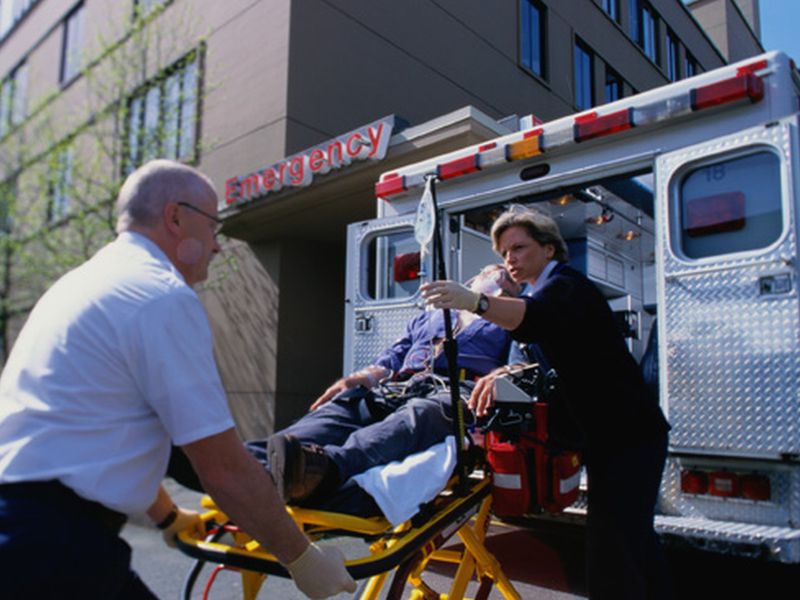
MONDAY, April 15, 2019 (HealthDay News) -- New treatments mean aneurysms are no longer an automatic death sentence, specialists say.
Aneurysms are a weakening or bulging of blood vessels that can rupture and become life-threatening. They can occur anywhere in the body, but are most common in the brain, or in the main blood vessels that lead to the heart, legs and arms.
Aneurysms used to carry a high probability of death, but many can now be treated before they pose a serious threat.
"If detected early, there are new interventions like a minimally invasive catheter-based procedure to treat the condition," said Dr. Ali Azizzadeh. He is director of vascular surgery at Smidt Heart Institute at Cedars-Sinai Medical Center in Los Angeles.
Doctors used to have to fix a blood vessel by hand, which meant open surgery and the risks that go along with it. "Today, we can fix the problem from the inside, without always having to open up the patient," Azizzadeh said in a hospital news release.
Roxanne Hanks, 61, of Simi Valley, Calif., is living proof of that progress.
"I was healthy, I exercised and still worked full-time," she said in the release. "But I often felt lightheaded and short of breath from minor exertion, like walking a flight of stairs. I was insistent that my doctors keep searching for the answer."
After months of tests and doctor visits, she was diagnosed with an aortic aneurysm and sought treatment at Smidt Heart Institute.
Hanks' case was complex. First, she needed open heart surgery to repair the front part of her aorta. Two months later, she had her final, minimally invasive surgery.
Hanks said she is "back to work, back to exercising and living a fulfilling, great life."
Early detection is key to successful treatment of an aneurysm, Azizzadeh said. If you have unexplained pain, coupled with any risk factor, it's important to talk to your doctor and mention aneurysms, he advised.
Risk factors include family history, smoking, high blood pressure and elevated cholesterol. Some aneurysms can cause pain, but most cause no symptoms.
Thoracic (chest-area) aortic aneurysms affect about 15,000 Americans each year and are the 13th leading cause of death, according to the Cleveland Clinic.
"Listen to your body," Hanks said. "I knew something was wrong, but I kept searching and ultimately ended up with the best doctors and care team who saved my life."
More information
The U.S. National Heart, Lung, and Blood Institute has more on aneurysms.
Back

The news stories provided in Health News and our Health-E News Newsletter are a service of the nationally syndicated HealthDay® news and information company. Stories refer to national trends and breaking health news, and are not necessarily indicative of or always supported by our facility and providers. This information is provided for informational and educational purposes only, and is not intended to be a substitute for medical advice, diagnosis, or treatment.






